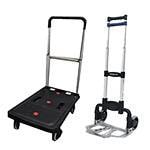We often receive this question from customers who are considering purchasing power supply modules and strips; “How do I ground my equipment?”
This time I’m going to answer this question, so I hope my guide will help.
Contents
■Origin of Grounding
■Common Grounding/Earthing Around You
■What goes on in grounding?
■How does grounding work?
■Grounding Using a Power Strip or a Module
■Origin of Grounding
To begin with, what is the word ‘grounding’ or ‘earthing’?
Its etymology comes from the planet earth.

In other words, ‘grounding’ is to connect the metal housing of a device to the ground of the earth.
‘Earth’ is said in Europe and ‘ground’ is said in the States. In Japan, it’s called both ‘ground’ and ‘earth’.
■Common Grounding/Earthing Around You
Electrical appliances, such as microwave ovens, washing machines, refrigerators, and air conditioners, have wires for grounding.
(*The pictures below show a grounding wire on a microwave oven and the ground slot on the bottom of a power outlet.)
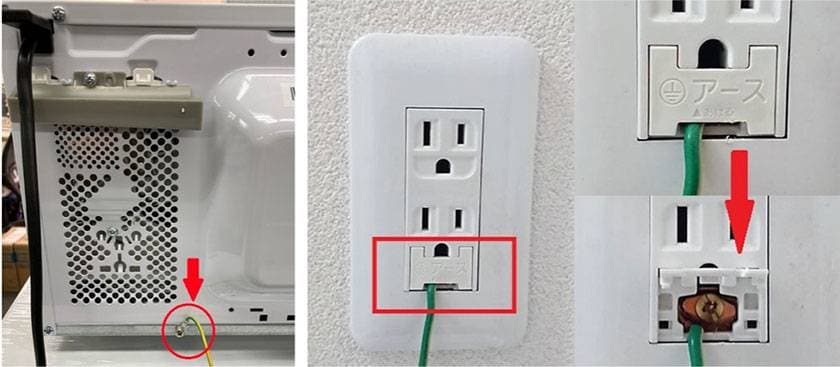
■What goes on in grounding?
So, how and where does a grounding wire go from the power outlet?
The grounding wire is connected to a ground rod that is installed in the ground.
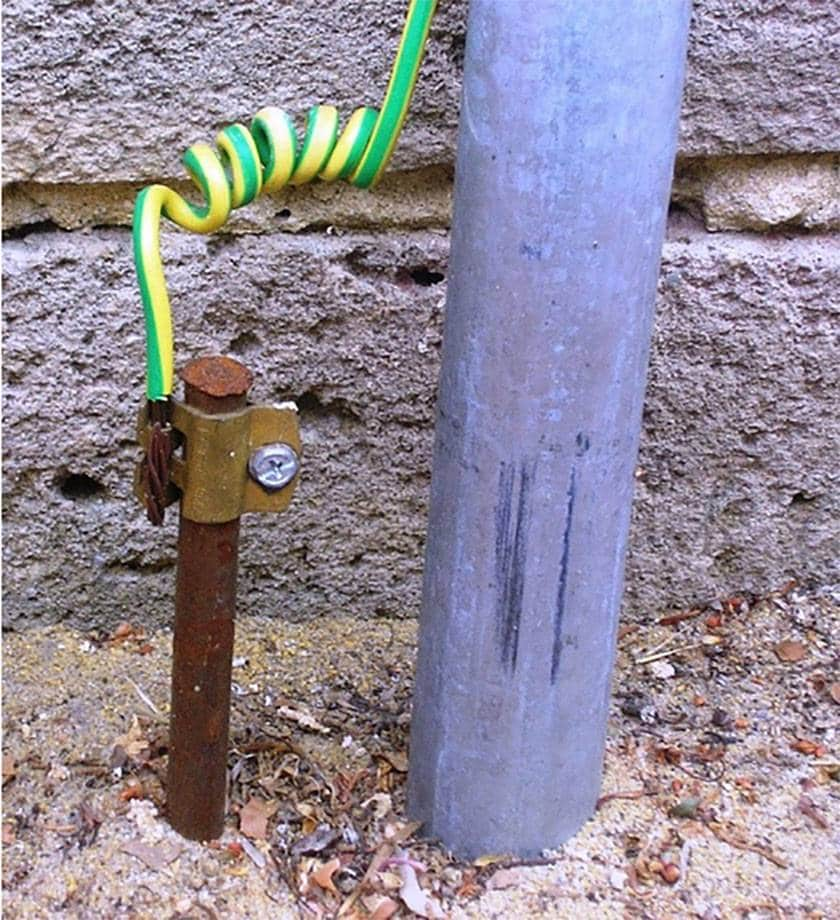
(This grounding rod should be fully buried in the ground)
In Japan, grounding work (including the installment of the household power outlet) must be done according to the Class D Grounding work (low voltage of 300V or less). This method is required by Japanese law. You will need to ask a specialist if you need to install a power outlet with a ground.
■How does grounding work?
There are three major effects, but it’s all for preventing accidents.
- “Protection from electric shocks”
Our body is exposed to the risk of electric shock in wet or humid places. Grounding protects you from the risk of an electric shock. - “Prevention of accidents due to lightning strikes and short circuits”
Even if a large current flows temporarily due to a lightning strike or short circuit, it can be released to the ground to prevent accidents such as fires. - “Reduction of external radiation noise”
More or less, electronic devices around us emit noise, and the noise affects other devices. A metal housing covering the electronic device can prevent external noise emitted as electromagnetic waves. However, if the metal housing is grounded, the energy of the noise radio waves will be absorbed into the ground, so it will be more effective to reduce the external noise.
■Grounding Using a Power Strip or a Module
I hope the explanation so far has helped you to learn about grounding.
You can ground your electric equipment with power strips and modules available at Sound House. However, your power outlet that supplies power to the equipment must be grounded before you purchase equipment. If your power outlet has a ground, you can connect them as follows.
- Use a 3-prong plug
(Connect everything from the equipment to the power outlet with a 3-prong plug.) - Screw the grounding plug into the ground slot
(*The ground slots are circled in red in the picture below.)
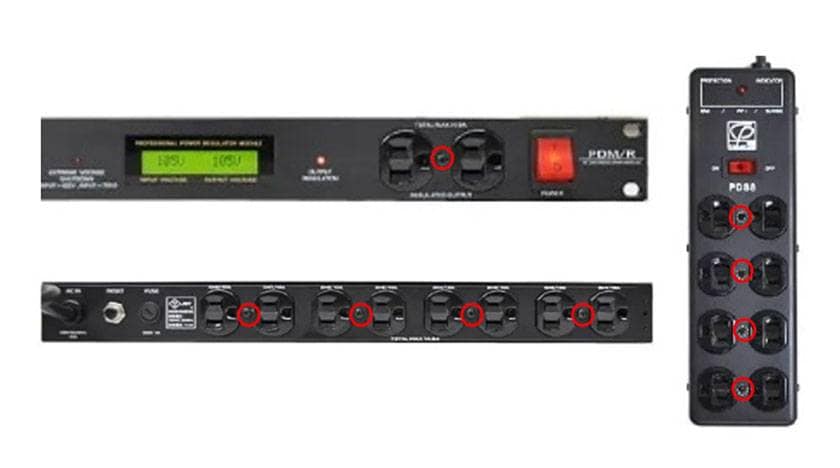
This is the power strip and module as shown in the picture above.
CLASSIC PRO / PDM/R Regulated Power Supply
CLASSIC PRO / Power Strip PDS8 3 m
This adaptor converts a 3-prong plug to 2-prong plug + Y-shaped grounding wire.
SH (Sound House) / 3PIN-2PIN Adapter
(Conclusion)
Grounding gives you a safer and more comfortable power supply. We hope you could take this opportunity to review your power supply and our products will help you.





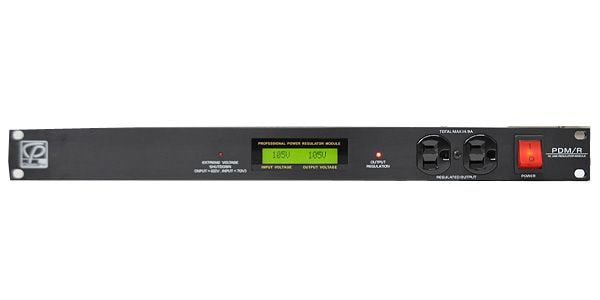
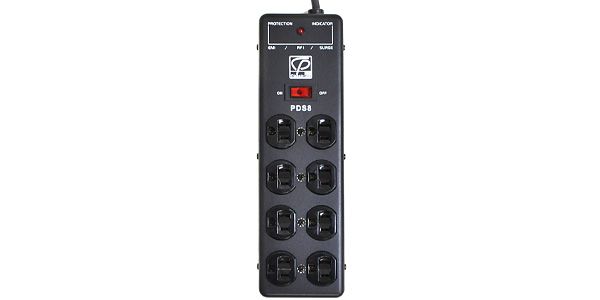
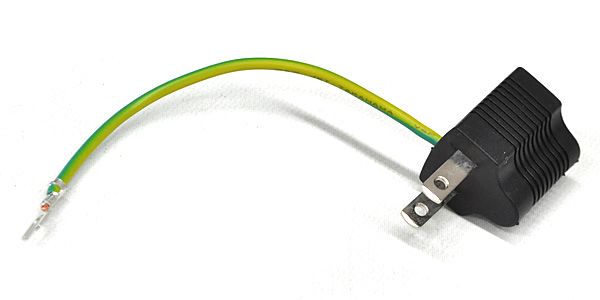

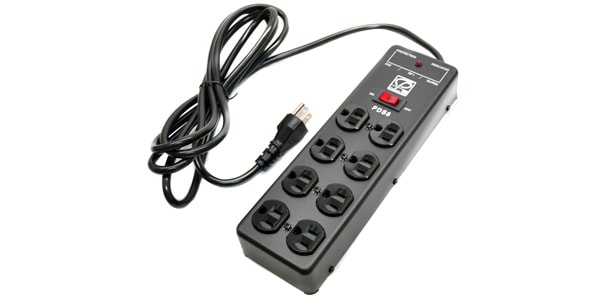



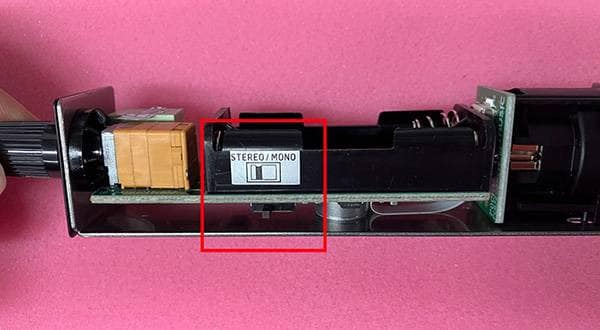

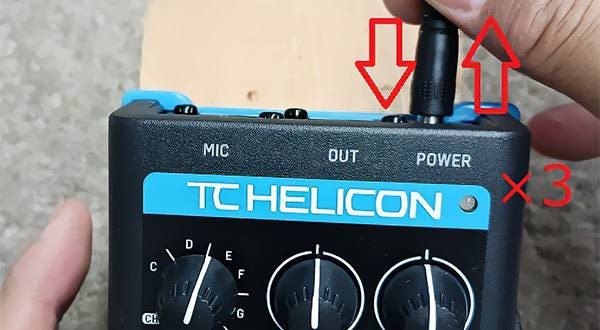
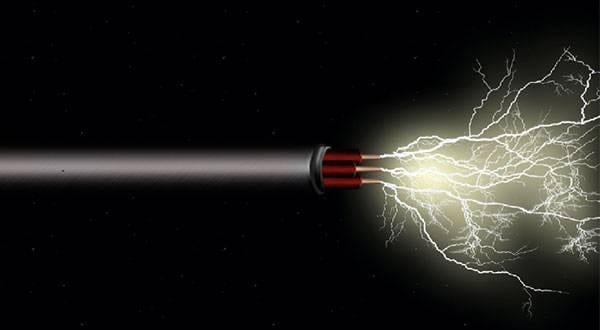
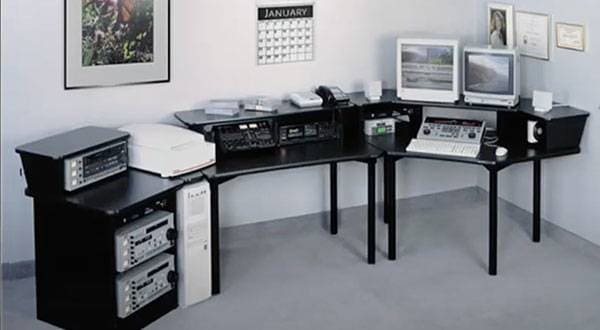

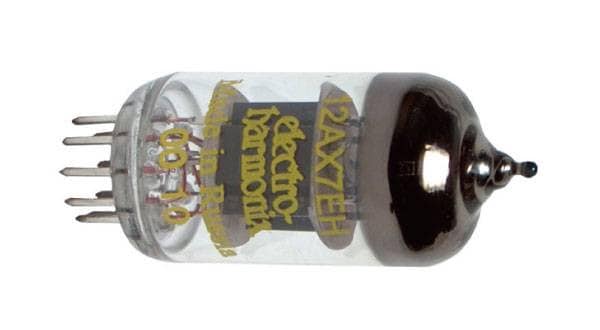
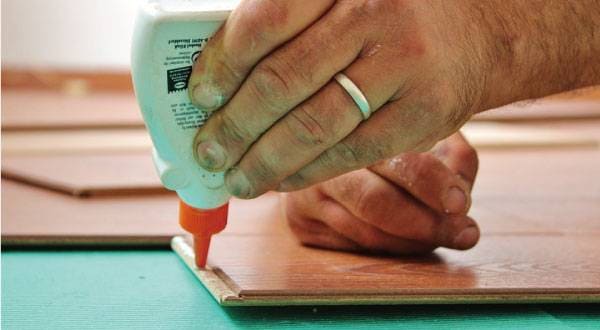
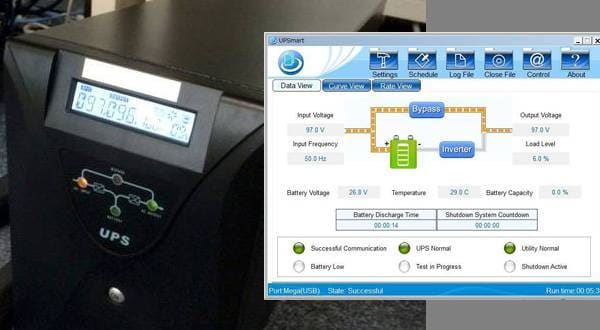
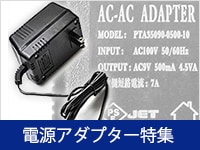 電源アダプター特集
電源アダプター特集
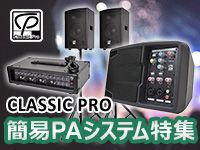 CLASSIC PRO 簡易PAシステム特集
CLASSIC PRO 簡易PAシステム特集
 CLASSIC PRO CLDシリーズ
CLASSIC PRO CLDシリーズ
 CLASSIC PRO
CLASSIC PRO
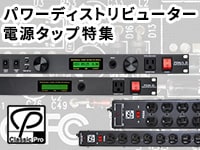 CLASSIC PRO パワーディストリビューター特集
CLASSIC PRO パワーディストリビューター特集
 停電時にパソコン、作曲データを守る!!
停電時にパソコン、作曲データを守る!!




